Subaru STi Power Steering Pump
Begin the steps below to replace the power steering pump in your Subaru WRX.
As a note, both hose clamps should be replaced with new clamps.
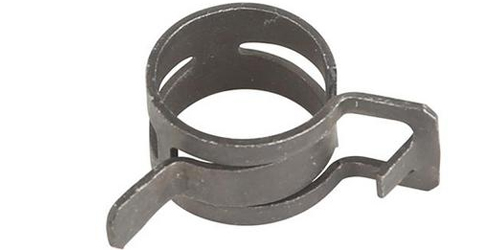
Lets get started.
Start the engine only after the system has been completely bled; otherwise, the power steering components can be damaged. Since the internals of the pump are made of metal, any air in the device can cause metal-to-metal contact and harm.
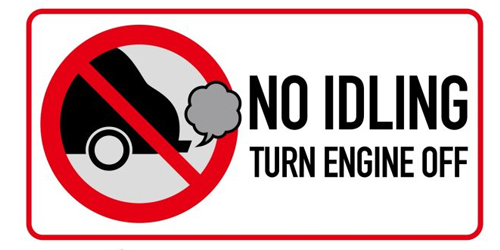
Raise the the car
Lifting the front wheels off the ground is a good idea, as you will need to turn them.
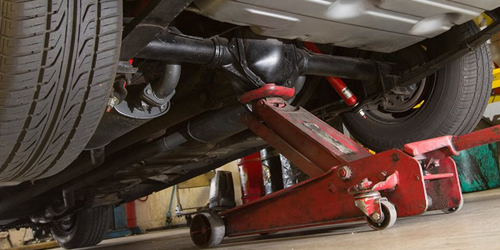
Turn the steering wheel
Turn the subaru wrx steering wheel to the right fully.

Fill to the ‘cold’ stage line in the reservoir and leave the cap off.
Inside the Subaru Forester Power Steering Pump, only use XADO ATF III/IV/V fluid. Do not use hydraulic fluid because it lacks the same friction inhibitors/additives and is more likely to break down and overheat. The warranty would be void if hydraulic fluid is used.
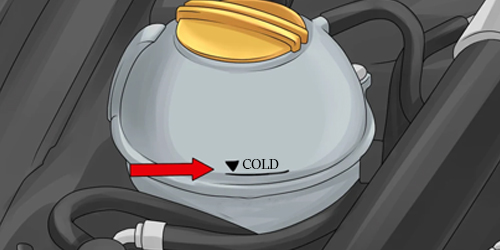
Turn the steering wheel
Switch the steering wheel slowly and smoothly lock to lock with an assistant testing the fluid level before the level drops in the reservoir. No fluid has passed through the device if the fluid level does not decrease, indicating an air bubble in the reservoir or pump. No fluid will flow through the system before this bubble passes.
You may have to to cycle more than 40 times on systems with coolers.
Turning the steering wheel quickly will cause the fluid to flood the tank, and trapped air will cause the fluid to leak. Thoroughly clean any leaked fluid so you can search for leakage later.
Monitor Fluid Levels
Check the fluid on a regular basis to ensure that it is at the right level and that there are no bubbles.
Recheck all hose connections if there are any signs of bubbles, then repeat the steps.
The fluid level should remain constant.
Prevent Engine from cranking
Make it impossible for the engine to run (use valet key, or fuel pump fuse, etc)
If the fluid level decreases after several revolutions, there is compressed air trapped in the system; repeat the above steps until the fluid level stays constant.
Wait at least 60 minutes or more if the fluid foams while cranking to allow dispersed air to collect and purge through the system.
Failure to allow the engine to rest for at least 12-hours prior to starting will result in air being stuck in the power steering pump and mechanical damage, which will not be protected under your pumps warranty.
Repeat the steps
Continue to repeat the above steps until the fluid level is stable and no air bubbles are visible. This process will flush all the air out of the system
Start the engine
Start the engine and check to see if the fluid is still level and steady.
Remove the reservoir cap and replace it.
Remove the reservoir cap and replace it with a new one. This will help maintain an airtight seal.
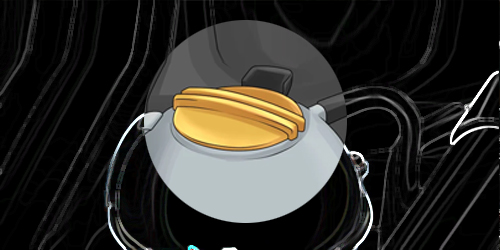
Return the wheels to their original positions
Return the wheels back to their original position and and lower the vehicle to the ground.
Run the engine for two minutes
Turn the subaru wrx on and and turn the steering wheel in both directions, making sure you don’t hit the brakes.

Check the conditions mentioned below.
- The steering is easy to control.
- Service with no noise
- the right amount of fluid
- There are no leaks.
- Fluid state is ideal.
- There are no bubbles, foaming, or discoloration in the fluid.
There is still air in the room if you experience
- bubbles or foam in the fluid
- When the engine is switched off, the power steering fluid does not rise in the reservoir; if it does, there is air trapped in the system.
- Fluid that is discoloured (milky, opaque or light tan colour)
Job complete
Bleeding your wrx pump is finished when all of the above conditions are met.

